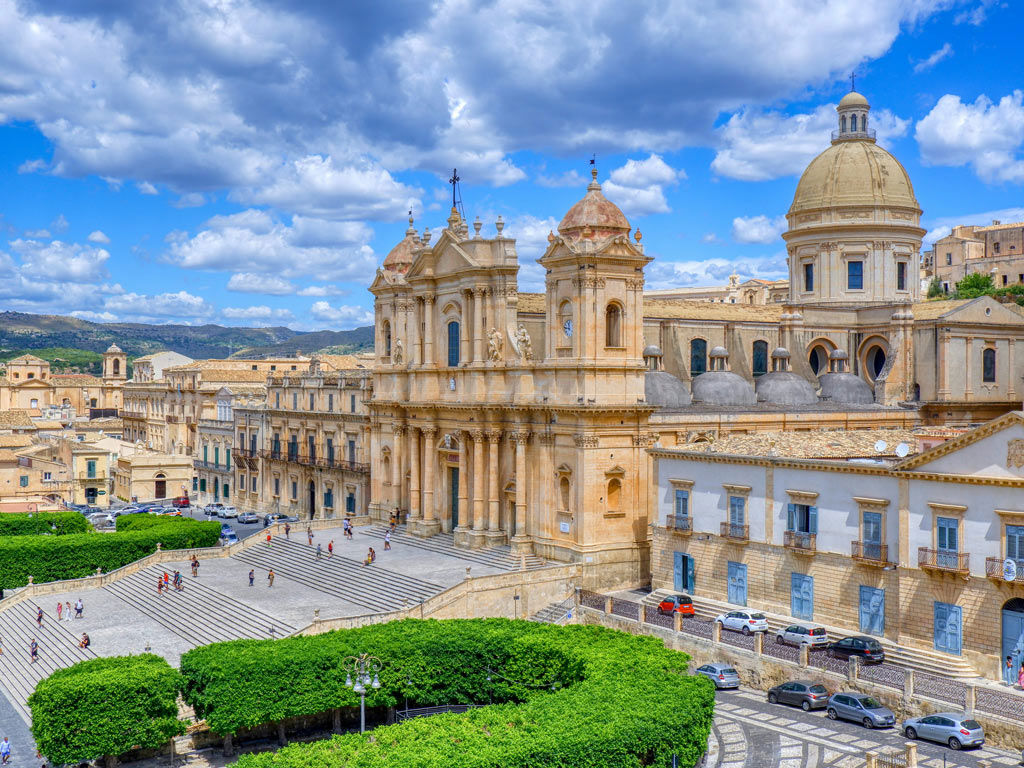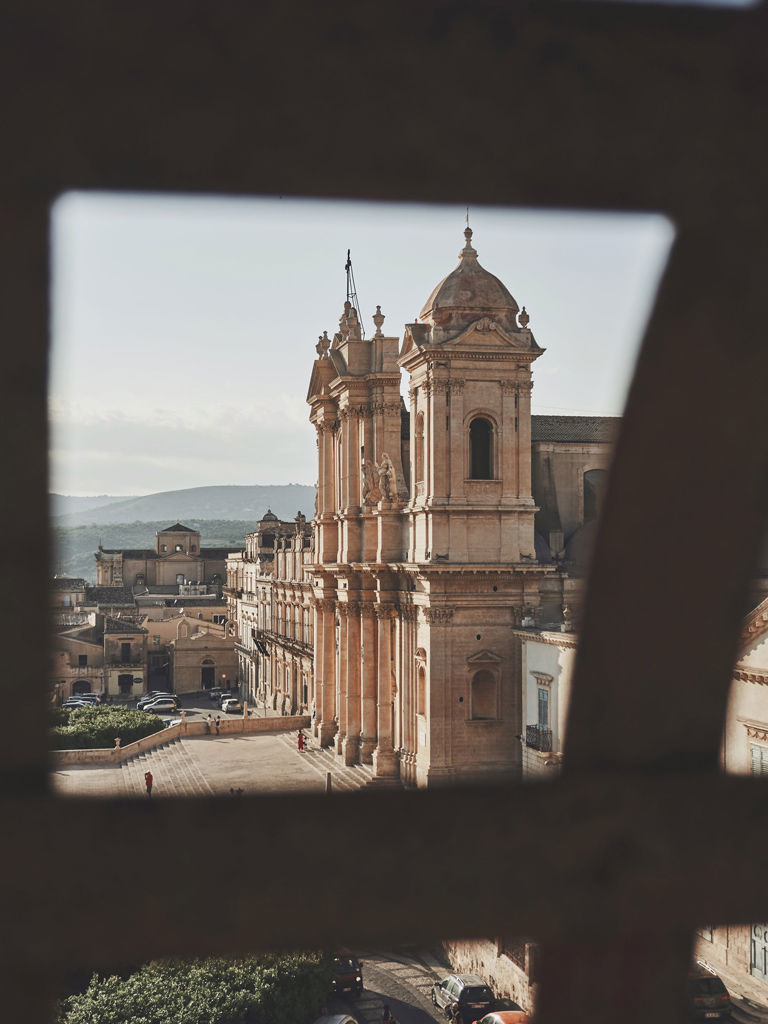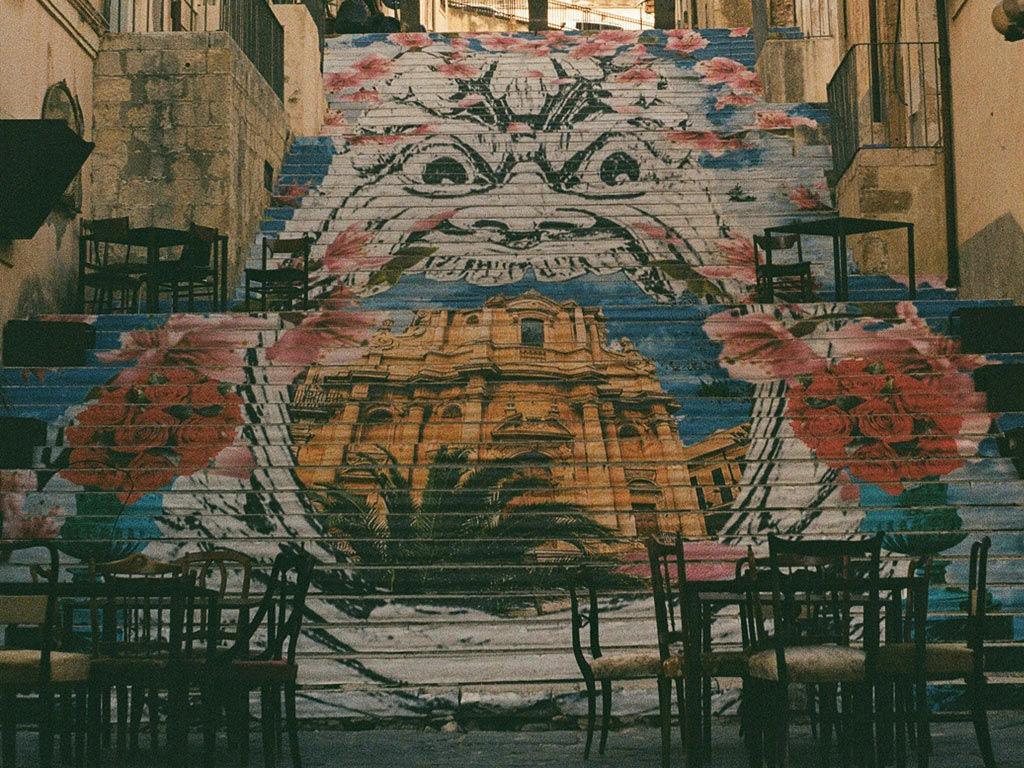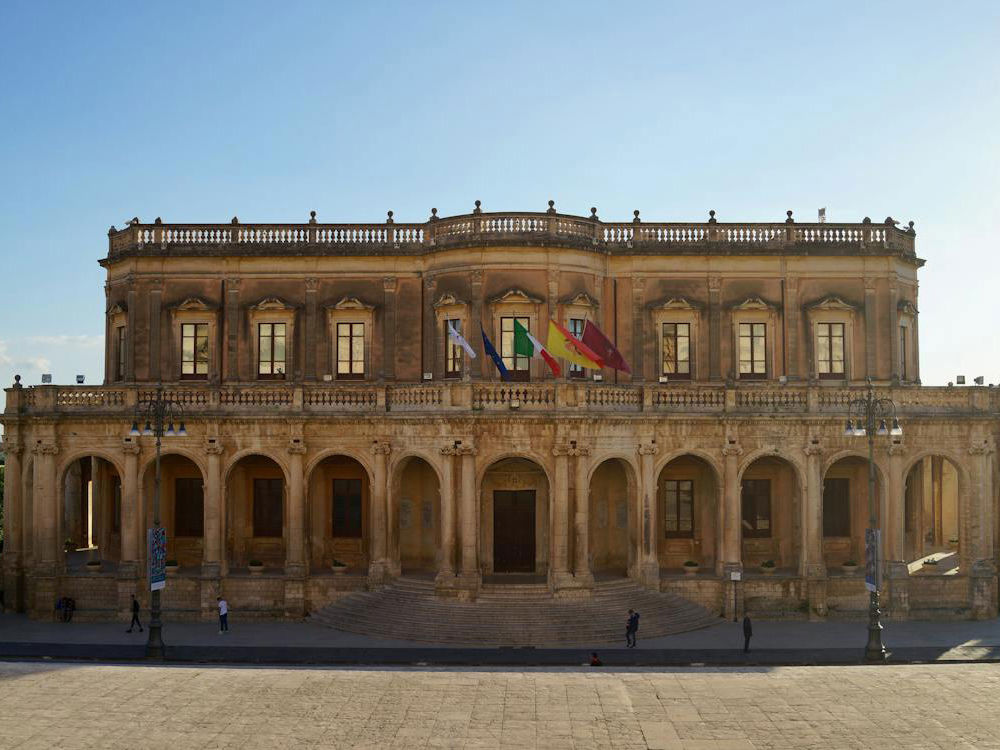

Noto, in the heart of the Sicilian Noto Valley, is the capital of Sicilian Baroque and certainly deserves to be included in your tour, leaving from the 5-star Boutique Hotel Palazzo Vecchio Taormina.
Its rich past and the value of its works of urban, civil, and religious architecture have allowed the historic center of the town to be listed as a UNESCO World Heritage Site in 2002. Noto has a history of resilience, making it a unique destination for art, local traditions, and eno-gastronomic products.
This area was a prehistoric human settlement during the Bronze Age, a Greek colony, a Roman municipium, an Arab stronghold, a Norman stronghold, and an ingenious Civitas with the Aragonese, until the terrible earthquake of 1693. After Val di Noto was destroyed, it was rebuilt in its wonderful Baroque version.


All these souls coexist among the village's winding alleys, once traveled by pilgrims and merchants, in its monuments, such as the Porta Reale, built in 1838 to welcome King Ferdinand II during his visit, but also in the ornaments of its churches and palaces, such as Palazzo Nicolaci, with wrought-iron balconies supported by anthropomorphic sculptures carved in stone. Among the most valuable religious buildings, the Cathedral of San Nicolò, with its immense staircase and imposing late Baroque facade made of local limestone with characteristic honey-colored features, is worth a visit, and the Church of Santa Chiara flanks the former Benedictine Convent, from which it is possible to access a panoramic terrace to enjoy one of the typical golden sunsets over the city.
Not to be missed is the Infiorata di Noto, which every year on the third Sunday in May colors one of its main streets with carpets of flowers representing different subjects in each edition. Palazzo Vecchio Taormina offers you several options to reach Noto by private car, leaving from the comfort of your hotel.

In the southeastern part of Sicily, easily reached from Palazzo Vecchio by taking the A18, lies the Val di Noto, an area that has always attracted many tourists and local visitors.
This lush area protected by the Iblei and Erei mountains, bathed by the Mediterranean and Ionian Seas, and rich in torrents and gorges that can be reached through paths and trekking routes, has hosted prehistoric settlements, Greek colonies, and Roman municipia, until the Arab, Norman and Bourbon conquest.
Traces of its history can be found in the many museums, archaeological itineraries, aristocratic palaces, and churches of which the entire area is rich and which in 2002 earned its late Baroque cities inclusion among the UNESCO World Heritage Sites, as the highest emblem of this architectural style in Europe.
Caltagirone, Militello, Catania, Modica, Noto, Palazzolo, Ragusa, and Scicli are the 8 cities that, thanks to reconstruction following the earthquake that razed them to the ground in 1693, have been reborn in the form of true masterpieces to be discovered.

